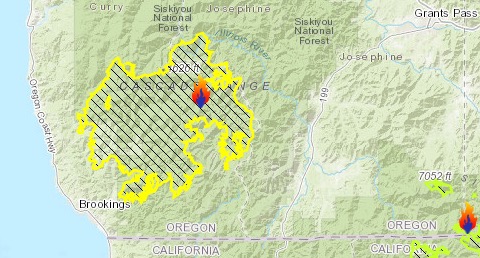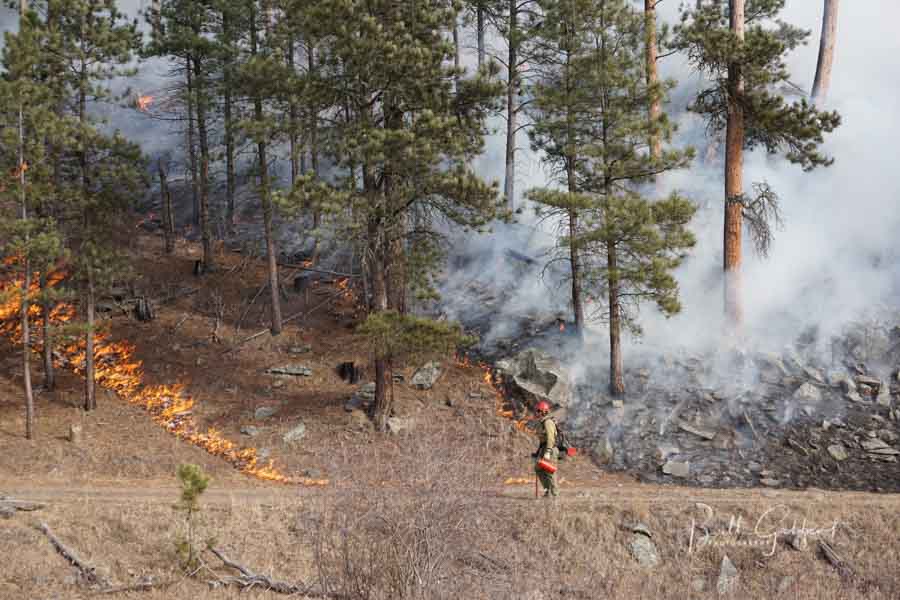
In this video, Matt Jolly, an ecologist at the U.S. Forest Service’s Rocky Mountain Research Station, talks about the natural and important role of fire in maintaining a healthy ecosystem. He explains that fire “is like giving the forest a bath”.
News and opinion about wildland fire

In this video, Matt Jolly, an ecologist at the U.S. Forest Service’s Rocky Mountain Research Station, talks about the natural and important role of fire in maintaining a healthy ecosystem. He explains that fire “is like giving the forest a bath”.
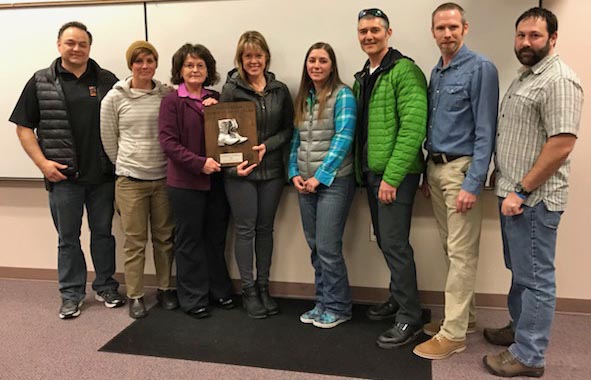
Kimberly Lightley has been selected as one of the recipients for the 2018 Paul Gleason Lead by Example Award. Three individuals and one group from across the wildland fire service have been chosen to receive this national award which was was created by the National Wildfire Coordinating Group Leadership Committee to remember Paul Gleason’s contributions to the wildland fire service. During a career spanning five decades, Mr. Gleason was a dedicated student of fire, a teacher, and a leader. The intent of the award is to recognize individuals or groups who exhibit this same spirit and who exemplify wildland fire leadership values and principles. Ms. Lightley’s work in support of the Wildland Fire Leadership Development Program has been a demonstration of motivation and vision.
Based out of the U.S. Forest Service’s Washington Office as a Critical Incident Specialist, she was recognized for development of the Stress First Aid Program for wildland firefighting. As a survivor of the South Canyon tragedy, her exemplary leadership and bravery to lead and bring to light the insufficiencies in how we care for each other following critical, stressful incidents is commendable. The lessons Ms. Lightley learned from her experience will become a foundation so future employees—regardless of their agency—will not have to navigate the path of healing on their own.
Past recipients of the Paul Gleason Lead by Example Award, since 2003.
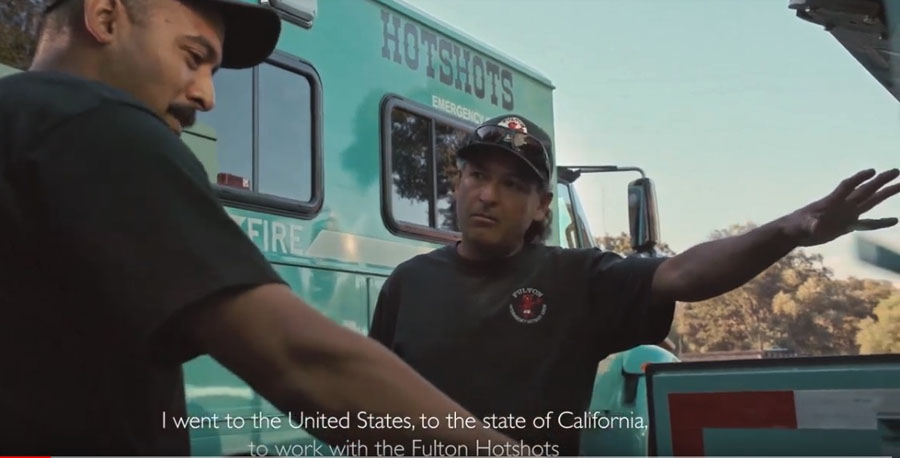
This video features a firefighter with the National Forestry Commission of Mexico (CONAFOR), Fernando Navarro Jiménez, who for several months joined the U.S. Forest Service’s Fulton Hotshots on the Sequoia National Forest in California. It shows the impact of the experience on him and CONAFOR as well as the cooperation between the U.S. Agency for International Development, the USFS, and Mexico.
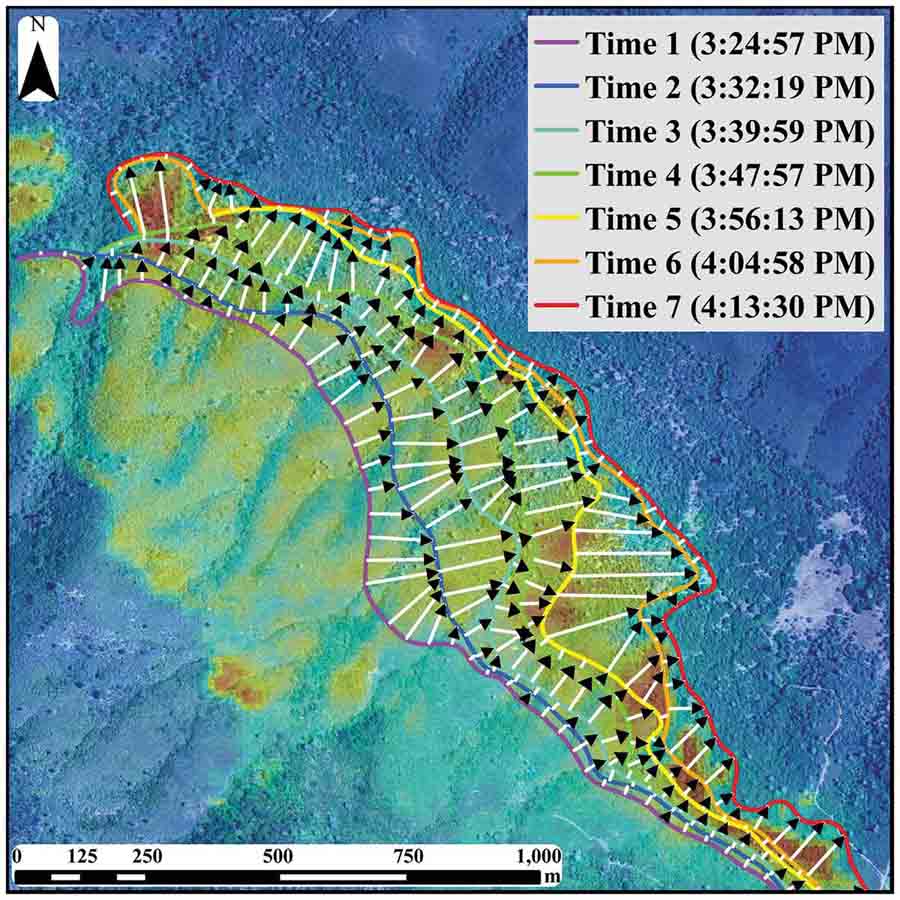
Now that federal land management agencies are being forced by an act of Congress to begin providing to fire managers the real time location of fires and firefighting resources, it opens a range of cascading benefits beyond just enhancing their safety and situational awareness.
Fire Behavior Analysts that could continuously observe the fire with infrared video from a manned or unmanned aircraft orbiting above the air tankers could make much more accurate, valuable, and timely Fire Behavior Forecasts. The fire spread computer models could be fine-tuned to be more accurate and their outputs could be displayed on the map along with the locations of firefighters who carry tracking devices, enabling the Operations Section Chief to make better-informed strategic and tactical decisions.
But until recently it was not known if georeferenced infrared imagery from an orbiting aircraft was accurate enough to be used for determining the rate of spread.
The short answer is, yes. A paper published last week indicates that the accuracy is sufficient. (FYI — the document is written for other scientists and not for practitioners.)
Now the question becomes, will the federal land management agencies actually implement the program to track the real-time location of fires and firefighters, or will they slow-walk it into oblivion like the Congressional orders to purchase a new air tanker, convert seven HC-130H Coast Guard aircraft into air tankers, and the repeated requests from the GAO and Inspector General to provide data about the effectiveness of firefighting aircraft?
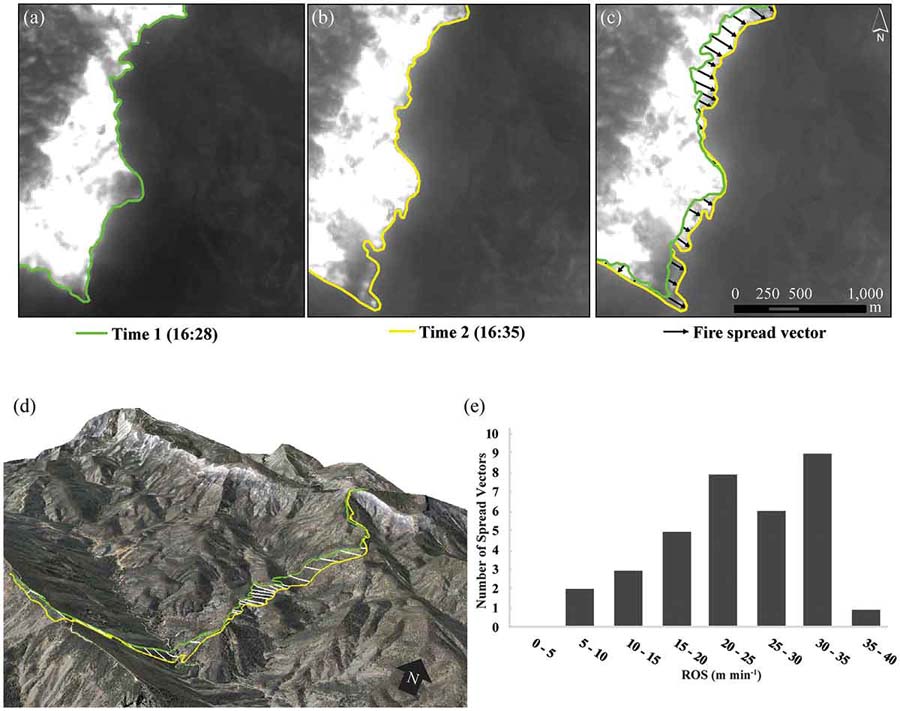
Unfortunately even though United States taxpayers funded the research through the U.S. government’s National Science Foundation (grant number G00011220), only some of us will be able to read the fruits of the research since it is not an Open Access document. After it is viewed 50 times free access will be shut off.

It is published at Taylor and Francis Online, a private company based in the United Kingdom. So by the time you read this the company may be charging people to read the document. (UPDATE at 7:42 a.m. MST February 21, 2019: General access to the document has been shut off. The company is now charging $50 to view it for 24 hours.)
Not allowing taxpayers to read government funded research unless they pay for it again is reprehensible.
The document is at Taylor and Francis Online: Assessing uncertainty and demonstrating potential for estimating fire rate of spread at landscape scales based on time sequential airborne thermal infrared imaging. By: Douglas Stow, Philip Riggan, Gavin Schag, William Brewer, Robert Tissell, Janice Coen, and Emanuel Storey
Prescribed fire is a valuable tool used to restore forest health, increase firefighter safety, and better protect nearby human resources in fire-adapted landscapes.
In a comment on the earlier post about the Hot-Dry-Windy Index (HDW), Brian Potter, a research meteorologist with the U.S. Forest Service, offered to provide some preliminary results looking at how HDW performed during the 2017 Chetco Bar Fire in Oregon, as well as how the Haines index performed during that fire.
The HDW is a new tool developed for firefighters to predict weather conditions which can affect the spread of wildfires. It is described as being very simple and only considers the atmospheric factors of heat, moisture, and wind.
Mr. Potter has provided three figures showing the weather indices computed from the National Weather Service’s NAM model analyses. Because they use a different model from the HDW website, he does not have historic percentile values for HDW, but they are illustrative, nonetheless. These are preliminary data and have not been through peer review or evaluation.
Here is a graph of HDW values compared to growth on the Chetco Bar Fire: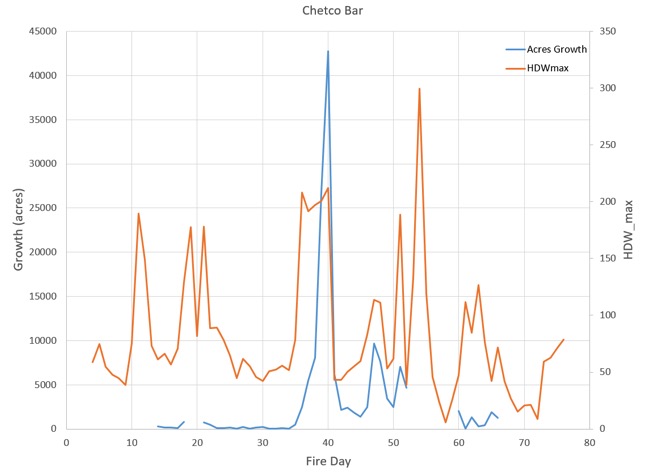
Here are the Haines Index values for the mid-elevation version of the Index:
And the high elevation version of the Haines Index:
Mr. Potter said he has some thoughts about the graphs, but is interested in hearing what others take away from them.
The Chetco Bar Fire in southwest Oregon started July 12, 2017 and burned over 191,000 acres.
